There is a growing concern among publishers regarding the rise of ad blockers from users who prefer to enjoy an ad-free experience, as this translates to a significant loss of revenue for them.
According to a report by Adobe and Page Fair, the loss reached $21.8 billion during 2015 and this has created an imperative need to tackle this increasing threat before it has any further impact on their existing advertising model (and their main source of profit).
Ad blocking has turned into a very popular term during the past year and it’s not expected to lose its interest in 2016, as the trend moves from the early adopters to a bigger audience.
Image source: Tune
There are many different responses to ad blocking from publishers and it’s interesting to note their range of reactions, from the discreet to the aggressive.
Seven different ways publishers approach ad blocking
1. The discreet approach
This is a polite and discreet approach that acknowledges the problem, without hiding the content from the users who browse the site with an activated ad blocker.
This is probably the most user-friendly approach, but it seems to lose ground among publishers, as it doesn’t lead to the desired results of reducing the usage of ad blocking.
The Guardian and Smashing Magazine are among the sites that chose this approach, with the latter winning the impressions with its message.
As for The Guardian, it will probably switch to a tougher approach soon, in an attempt to follow in other publishers’ footsteps.
2. The polite approach offering alternative options
This approach is similar to the one mentioned above, but it has a clearer call-to-action, by asking users either to disable the ad blocker or support their site through alternative offers (premium subscription, promotion of products, services, etc).
The Atlantic and Slate are currently using this approach, hoping to showcase their journalistic value through their products.
3. The direct approach: turn off your ad blocker
The direct approach of requesting the removal of ad blocking is winning ground lately, as more publishers realise this may be the best way to deal with the problem.
The simple call-to-action hopes to make its goal clear for the users, informing them that they need to disable their ad blockers to access the site’s content. Moreover, many sites try to explain their point of view, in order to ensure that readers understand the reasons they are picking this approach.
And this is part of their goal to educate the audience about the importance of advertising, both for the site, but also for the industry in general.
Washington Post, City A.M., Forbes, Bild are among the big publishers that chose this approach and according to their data, they are satisfied from the early results.
According to Forbes, 42.4% of the total 2.1 million visitors between late December and early January turned off their ad blockers when they were asked to do so in the promise of a light advertising experience, which led to the monetisation of 15 million ad impressions.
Although not every user is happy with this approach, it proves to be effective from the publishers’ perspective, which means that more sites might apply it soon.
Hi Forbes, etc I have adblocker because of offensive/invasive ads that proliferate. I’m not turning it off. I’d rather ignore your content.
— Ann Witbrock (@annwitbrock) February 27, 2016
4. The direct approach that provides two options
This approach is relevant to the previous one, but it focuses on providing more than one option, in a clear call-to-action that is split in multiple options. Users do not have access to the site, unless they disable the ad blocker, whitelist the site, or subscribe to its services.
The New York Times recently joined this approach, by applying it to a small part of its audience as an experiment, and this will probably reach all its users soon. The site decided to use the message “the best things in life aren’t free”, reminding its audience that advertising helps them fund journalism and thus, it asks them to disable ad blockers to access the site.
In a similar way, Design Taxi creates a split screen which offers two options to the users that want to keep accessing the site’s content.
Once again, users were not very happy.
.@designtaxi I read your notice regarding ad blocker and just want to state i didn’t mind the ads till I realised it slows down the site.
— laura smith (@laura2daisy) February 7, 2016
5. Subscribe for an ad-free experience
Whether it’s a donation, or a premium subscription, this approach is either blocking the access to the site, or only allows users to browse part of it.
GQ and Wired are among the cases that decided to promote the subscription in order to keep their sites going, with the latter receiving numerous tweets for this decision.
As Wired mentions on its post about ad blocking and their approach:
“On an average day, more than 20% of the traffic to WIRED.com comes from a reader who is blocking our ads. We know that you come to our site primarily to read our content, but it’s important to be clear that advertising is how we keep WIRED going: paying the writers, editors, designers, engineers, and all the other staff that works so hard to create the stories you read and watch here.”
Thus, users are asked once again to decide whether they want to continue reading the site, which means that they have to whitelist it, or else, to subscribe to a premium service. (And of course, there’s the option of never visiting the site again, which some of them might prefer, according to their tweets).
6. The rise of native advertising
While most of the approaches above rely on the users’ willingness to proceed to a specific action (from whitelisting, to subscription, etc), the concept of native advertising might be an ideal option, especially when it’s integrated smoothly to the site’s content.
Buzzfeed is among the best examples of sites integrating native advertising in their business model and it proves that ad blocking can be tackled in many different ways.
Up to now, native advertising is not affected by the use of ad blockers and it may be a a more appealing advertising option if users find it interesting and relevant.
7. The different approach: log in with Facebook
This is certainly a different approach and we noticed it at the Canadian site Narcity and although it’s not expected to become the most popular choice, it’s still interesting to examine its point of view.
Narcity blocks the access to its site for everyone having an activated ad blocker and it only displays a (funny) message asking the users to log in with their Facebook account to enjoy an ad-free experience.
This proves the power of Facebook in terms of personalisation and the social integration in publishing and its possible users would prefer this option from a subscription model.
Of course, every approach depends on the goals and the advertising model of each site, but the results also vary, along with the users’ reactions.
What’s important for every publisher to realise is that most users turned to ad blockers after a series of bad experiences with intrusive, annoying and irrelevant advertising and that’s what needs to be improved.
How to improve the advertising experience (and win users back)
It’s not that users suddenly hate any form of advertising, but as they are becoming more demanding, they expect a specific quality and relevance from all the displayed ads they are willing to see.
According to a report by Teads, users would still be willing to watch ads that are:
- Relevant to the services/pages they like
- Useful
- Entertaining
- Non intrusive
- Beneficial for preferred publishers
Thus, publishers need to understand that the browsing experience is changing, but this doesn’t mean that they can’t maintain their income from alternative methods of advertising.
An optimal advertising experience has more chances to succeed, especially when it focuses on:
- Quality
- Relevance
- Creativity
- User control
- Innovation
After all, no advertising model can be sustained if the users start deviating from it.
The article Seven ways publishers have reacted to ad blockers was first seen from https://searchenginewatch.com
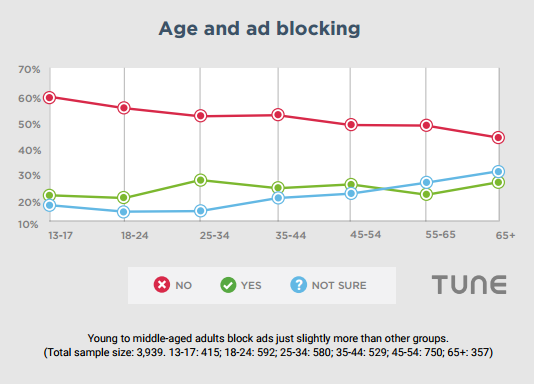

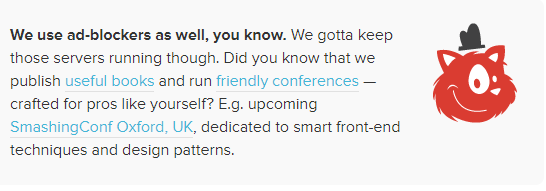
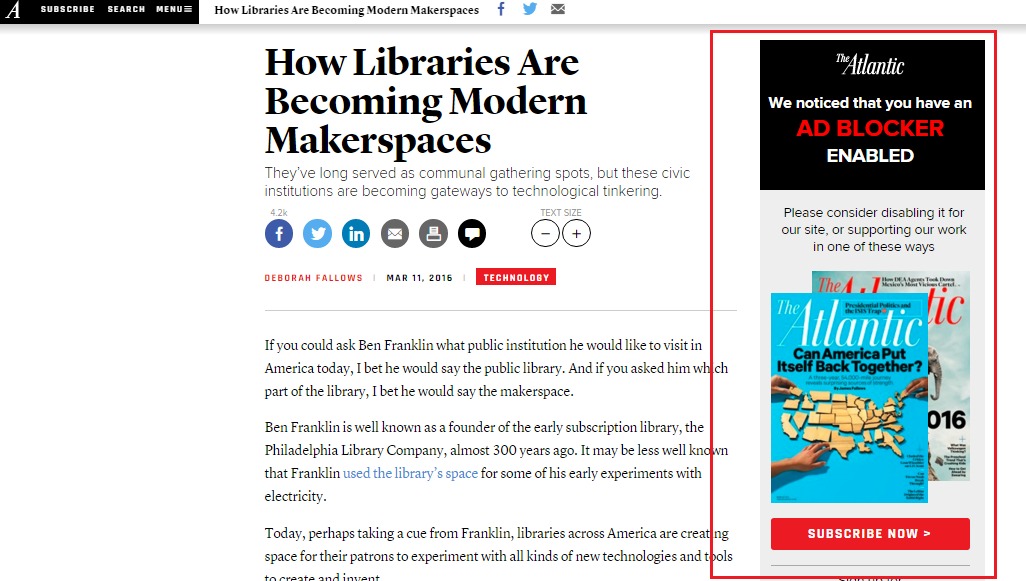

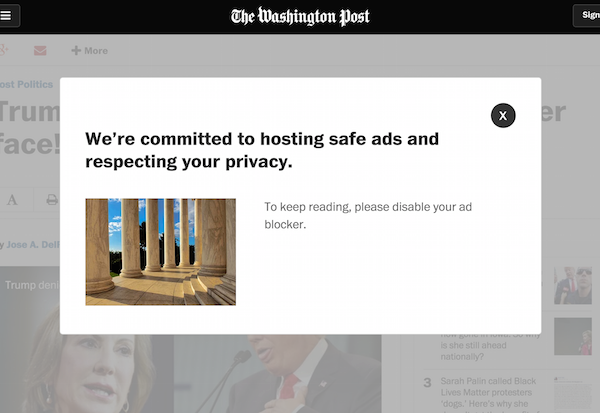

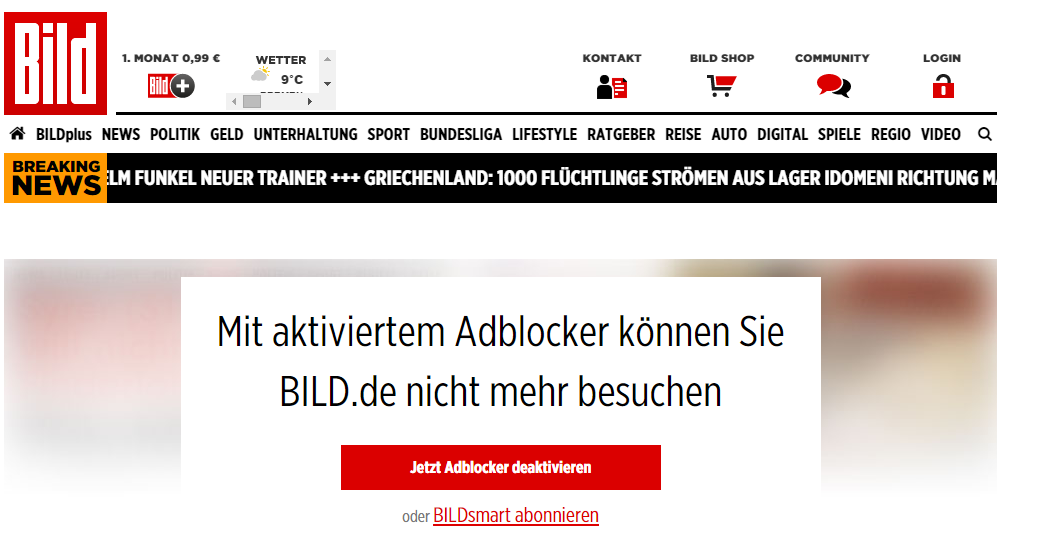
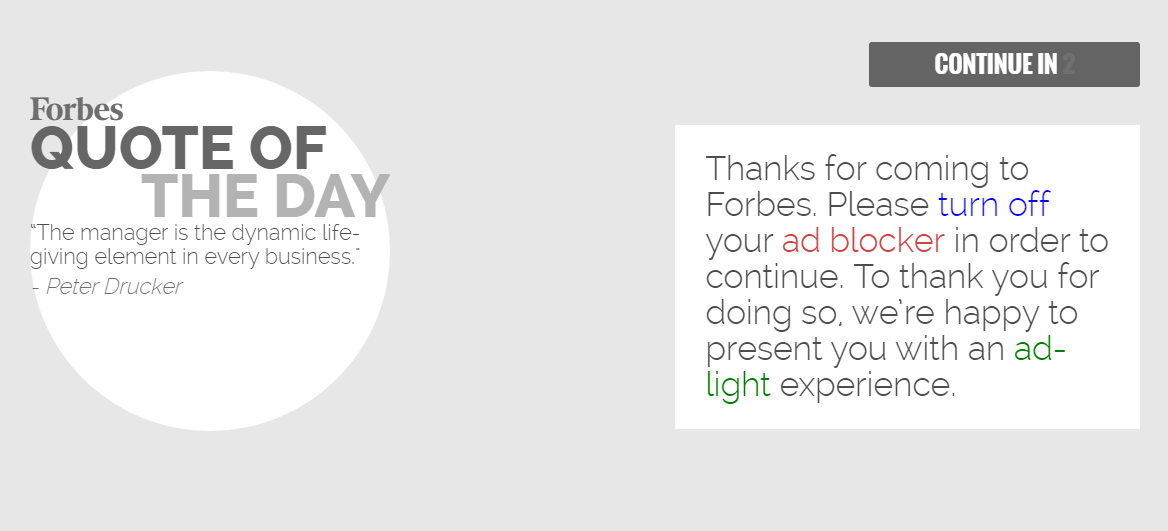
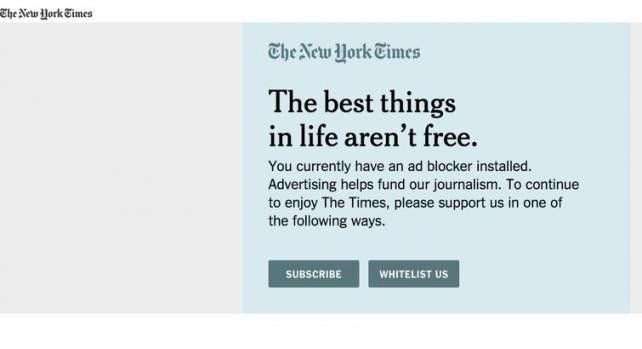

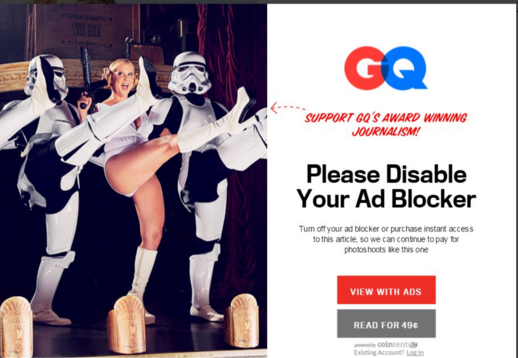

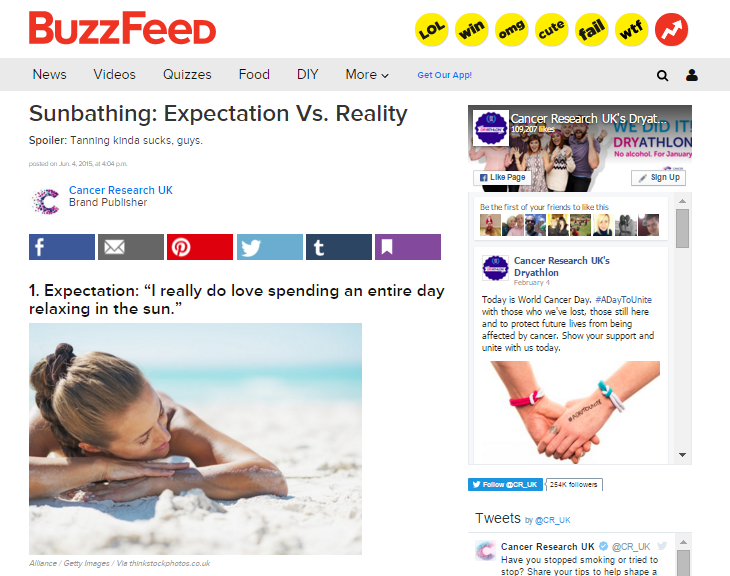

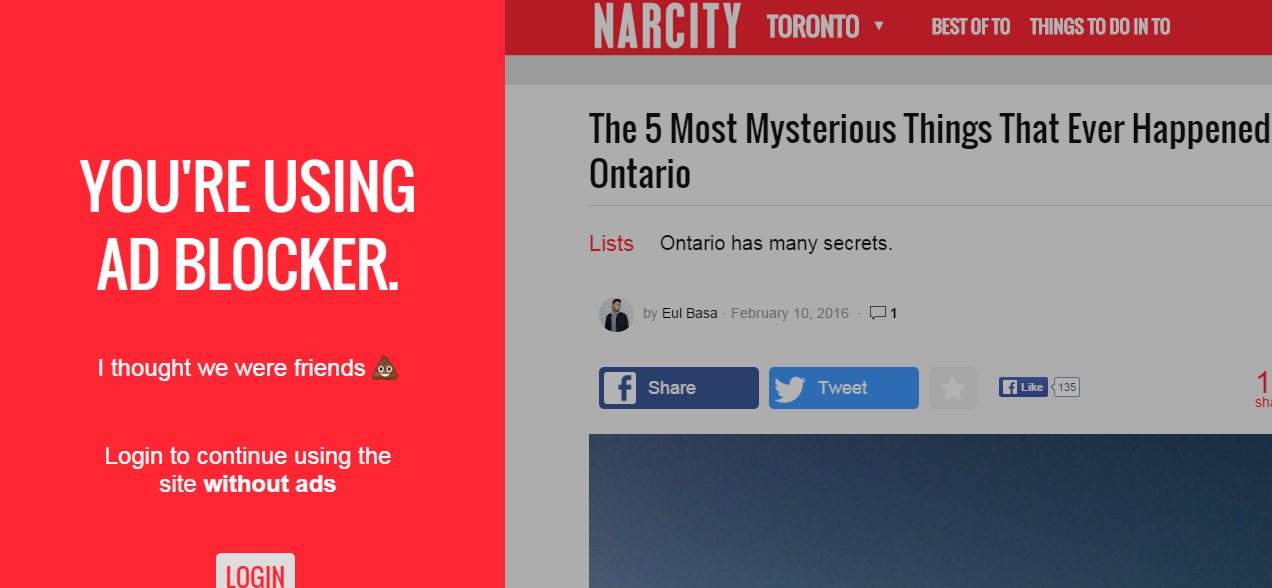

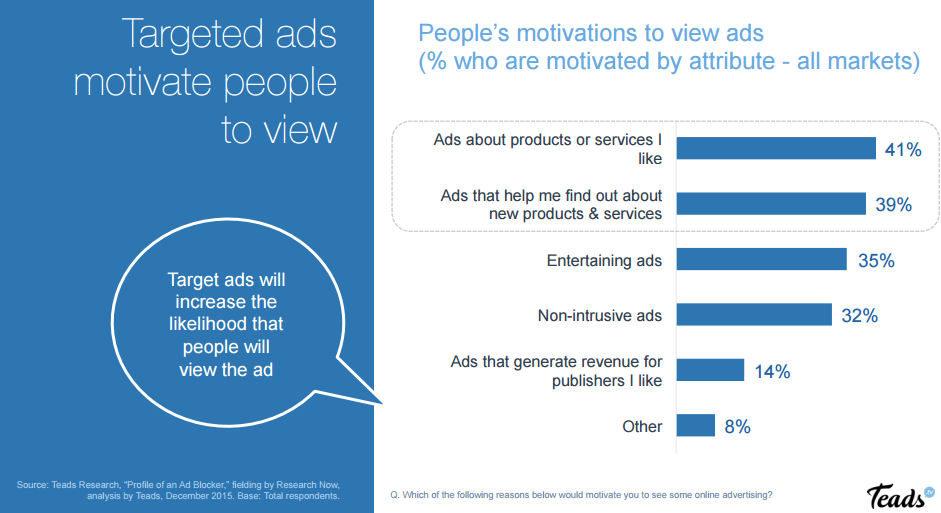
No comments:
Post a Comment